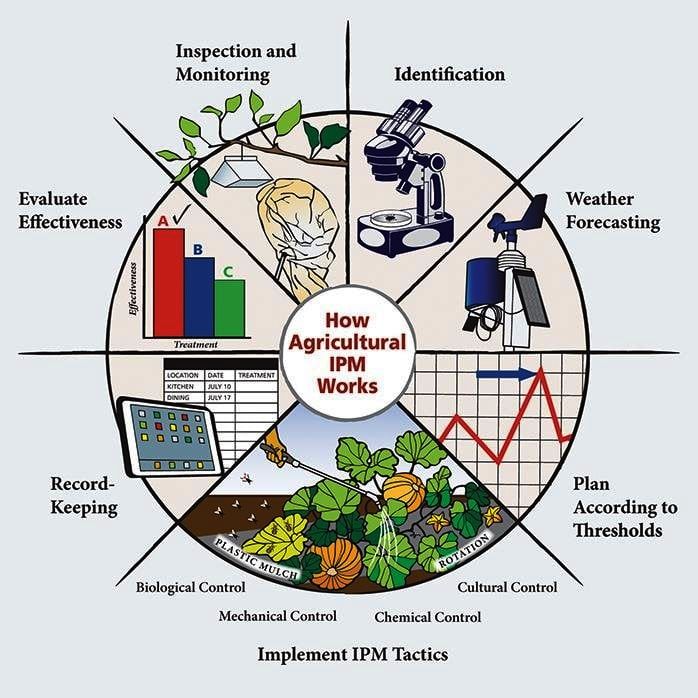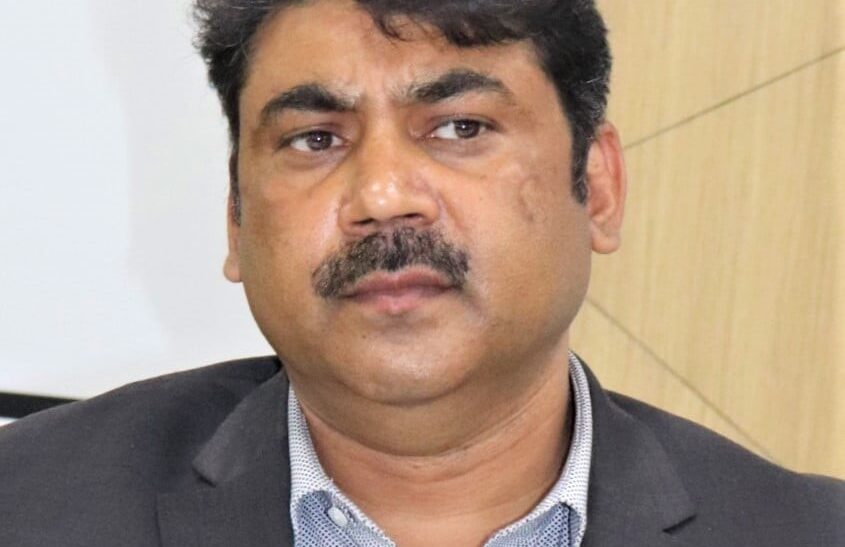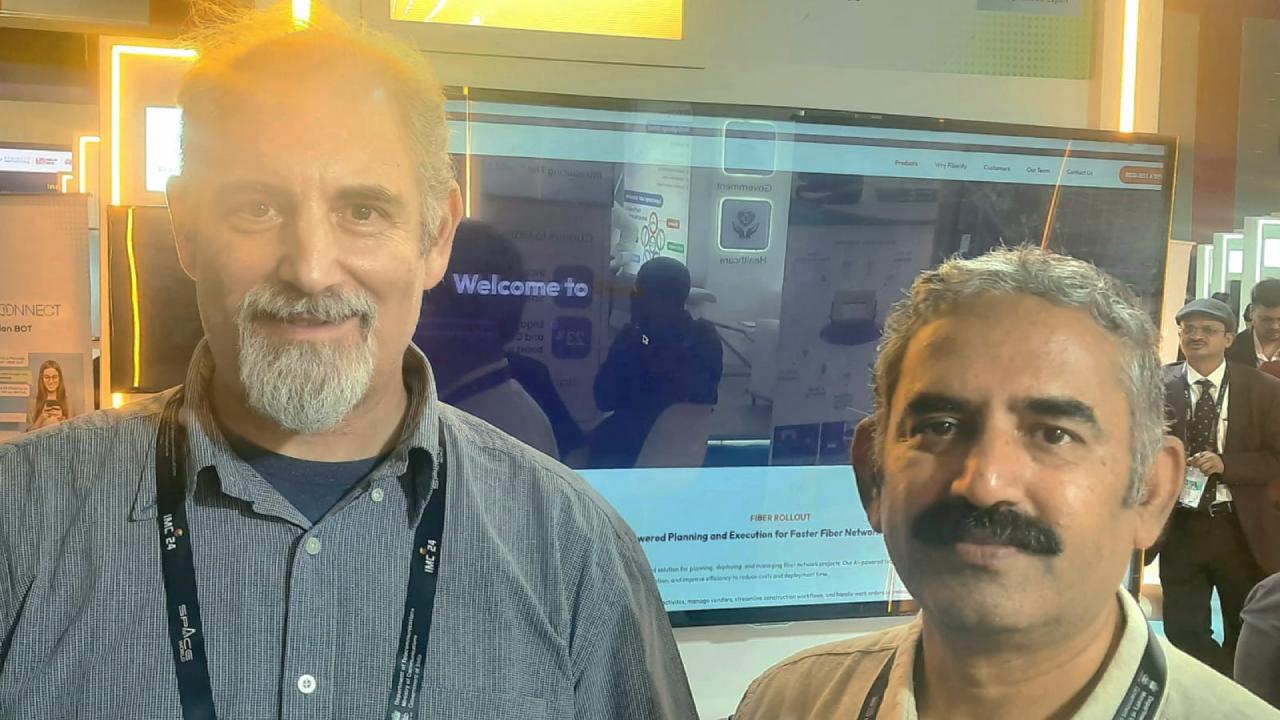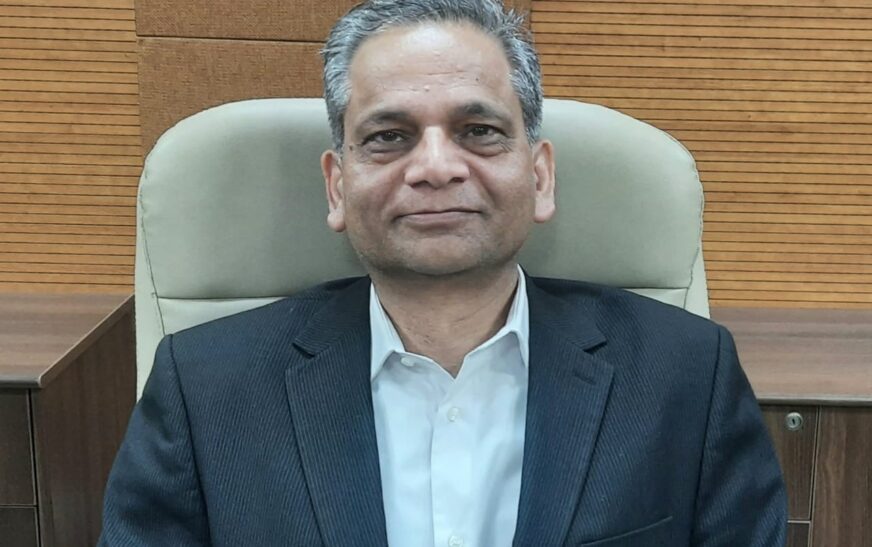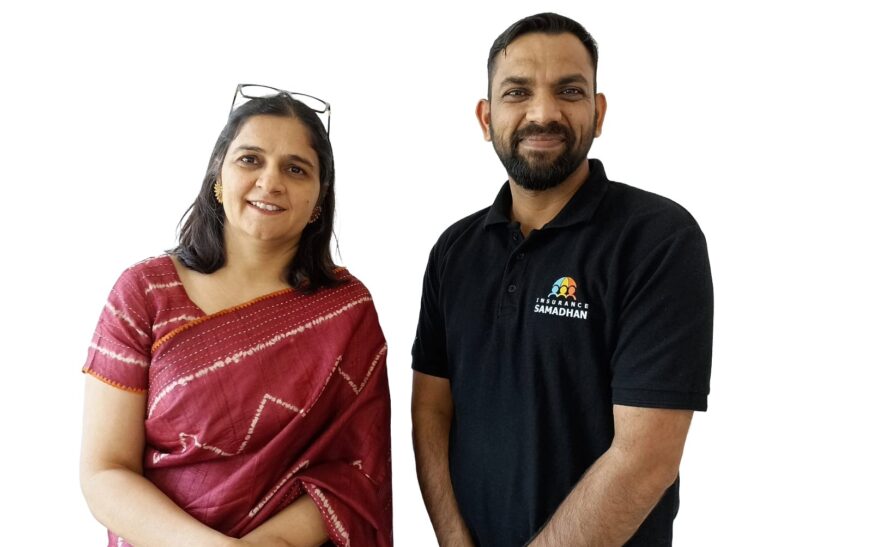Dr. Arvind Nath Singh, currently serving as the Head of Division, the Division of Crop Protection, ICAR- Indian Institute of Vegetable Research, Varanasi, possesses a wealth of expertise spanning over two decades in the field of seed Entomology and insect pest management. His illustrious career includes pivotal roles such as Principal Scientist at ICAR-Indian Institute of Seed Science in Mau and Director of the National Seed Research and Training Centre in Varanasi, where he played a crucial part in shaping the direction of seed research and development initiatives for the Government of India. Additionally, he spearheaded the operations of the Central Seed Testing Laboratory (CSTL), ensuring the quality and reliability of seed testing procedures across the nation.
Throughout his tenure, Dr. Singh has been deeply involved in enhancing the agricultural landscape of India. His contributions extend beyond national borders, as evidenced by his instrumental role in establishing the IRRI South Asia Regional Centre in Varanasi, a significant milestone in international agricultural cooperation. Moreover, his leadership at the ICAR-Indian Institute of Seed Science, where he served as Acting Director, underscored his commitment to fostering research and innovation in seed science and crop protection.
Dr. Singh’s influence transcends administrative roles; he has been a driving force behind various National and International committees, shaping policies and strategies to address pressing agricultural challenges. Recognized as a Fellow of esteemed organizations such as the Entomological Society of India and the Plant Protection Association of India, Dr. Singh’s expertise and dedication have been acknowledged and celebrated within the scientific community.
Central to Dr. Singh’s advocacy is the pivotal role played by smallholder farmers in global food security. These farmers, numbering over 500 million worldwide, bear the responsibility of feeding two-thirds of the Earth’s growing population. However, their efforts are constantly threatened by pests, resulting in staggering losses estimated at 40% of crops annually. Dr. Singh emphasizes that even a marginal reduction in these losses, by just 1%, could have profound implications for global hunger alleviation efforts.
Despite the importance of mitigating crop losses, smallholder farmers often lack access to timely and relevant extension services. Dr. Singh highlights this challenge, emphasizing the critical need for actionable advice and support to enable farmers to effectively manage pest pressures and safeguard their livelihoods.
In an exclusive interaction with The Interview World, Dr. Arvind Nath Singh shares his insights on advancements in seed storage and integrated insect and pest management. His expertise and vision offer valuable guidance for addressing the complex challenges facing agricultural communities worldwide.
Q: What are the principles and practices of integrated pest management (IPM)?
A: Entomologists and ecologists have long advocated for the adoption of integrated pest management (IPM), a strategy that harmonizes various control techniques to maintain insect populations below economically damaging levels in a socially and economically responsible way. According to the Food and Agriculture Organization (FAO), IPM involves a thorough assessment of available pest control methods and the strategic integration of appropriate measures aimed at impeding pest population growth. This approach ensures that the use of pesticides and other interventions remains economically viable while minimizing risks to human health and the environment.
IPM integrates diverse pest control tactics to maintain insect populations at manageable levels without causing harm to human health or the environment. It emphasizes the careful selection and implementation of control measures tailored to specific pest problems and environmental conditions. By considering a range of control options and their potential impacts, IPM seeks to achieve long-term pest management solutions that are economically sustainable and ecologically responsible.
Furthermore, IPM emphasizes proactive pest prevention measures, such as habitat modification and cultural practices, alongside targeted interventions when necessary. This holistic approach not only reduces reliance on chemical pesticides but also fosters ecological balance and resilience within agricultural ecosystems.
In summary, IPM represents a comprehensive and proactive approach to pest management, aligning social, economic, and environmental interests for sustainable agricultural practices. Its adoption is increasingly recognized as essential for safeguarding agricultural productivity and environmental health in the face of evolving pest pressures and sustainability challenges.
Q: What are the most effective pest management strategies for preserving stored seeds?
A: Various methods are currently employed to manage pests in stored seeds, as it’s imperative to safeguard these crucial agricultural resources from infestations that can lead to significant losses. These methods encompass a range of approaches, each serving a distinct purpose in effectively controlling pest populations. Sanitation of storage materials involves thorough cleaning and removal of debris, reducing potential habitats for pests. Disinfestation procedures typically target specific pests through the application of insecticides or other control agents.
Thermal control techniques utilize heat to eliminate pests or disrupt their lifecycle, while solar heating methods harness the sun’s energy for similar purposes. Regular turning of stored seeds helps to aerate the material, discouraging pest activity. Dust insertion and application of oils create barriers or repel pests, preventing infestations from taking hold. Mechanical disinfestation processes employ physical means such as sieving or sorting to remove pests from the seed stock.
Moreover, modified atmospheres alter the storage environment to inhibit pest development, and the introduction of parasitoids provides a natural form of pest control. Chemical protectants and fumigation treatments offer additional options, targeting pests at various stages of their lifecycle. This comprehensive array of methods ensures proactive and effective pest management in stored seed environments, safeguarding agricultural yields and food security.
Q: What methods or techniques constitute mechanical disinfestation, and how do they differ from other approaches in pest control?
A: Mechanical seed processing stands as a pivotal step in ensuring the quality and purity of seed lots. This method proves highly effective in the elimination of insects and insect-infested seeds, thereby safeguarding the viability of agricultural yields. Furthermore, it plays a crucial role in the removal of diseased seeds, preventing the spread of pathogens, and ensuring healthier crops.
Among the array of machines utilized in mechanical seed processing, screen-grading machines emerge as indispensable tools. These machines meticulously sift through seeds, separating those that are broken or damaged due to insect activity in the field. In addition to this, they meticulously remove live insects and some of their developmental stages, further enhancing the quality of the seed batch.
Another integral component of mechanical seed processing is the gravity separator. Widely employed, this apparatus excels in eliminating internally infested seeds where more than 25% of the endosperm has been consumed by insects. By effectively isolating such seeds, the gravity separator plays a critical role in maintaining the purity and viability of seed lots.
Moreover, by meticulously removing cut or damaged seeds, mechanical processing significantly mitigates the risk of infestation by secondary feeders, further bolstering the resilience of crops against pest-related challenges.
Q: What mechanisms and processes are involved in utilizing modified atmospheres to effectively control pests?
A: Modified or altered atmosphere storage is a technique employed in the preservation of food grains and products by manipulating the natural components of the atmosphere, such as oxygen, nitrogen, and carbon dioxide. This method involves changing the typical composition of atmospheric gases to effectively control storage pests. In essence, it harnesses the power of oxygen and carbon dioxide to create an environment hostile to pests while preserving the quality of the stored items.
These modified atmosphere systems operate on two main principles. Firstly, oxygen levels can be reduced to deprive organisms of the essential gas they need for respiration, effectively suffocating them. Secondly, carbon dioxide levels can be elevated to levels that are detrimental to the survival of pests, directly causing their demise. By altering the atmospheric conditions within storage environments, the growth of pests and spoilage microorganisms can be inhibited, extending the shelf life of perishable goods. This method offers a sustainable and effective solution to food preservation, minimizing the need for chemical pesticides and additives. Consequently, modified atmosphere storage not only ensures food safety and quality but also contributes to reducing environmental impacts associated with traditional preservation methods.
